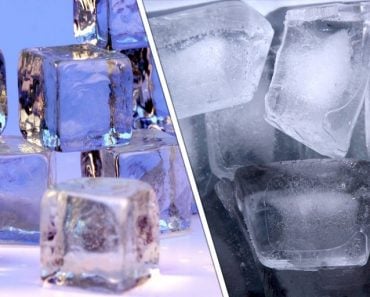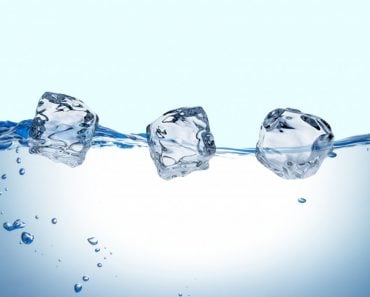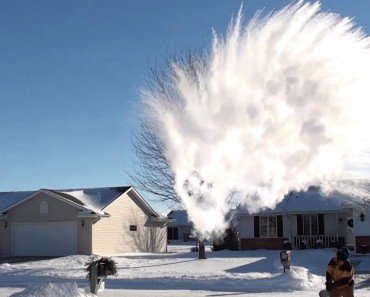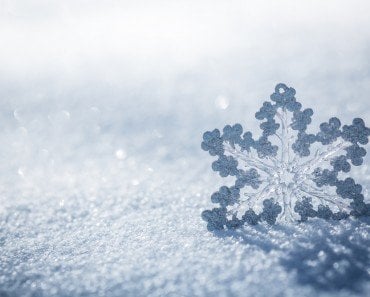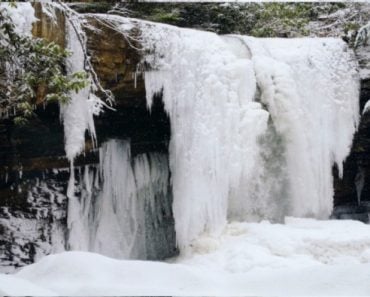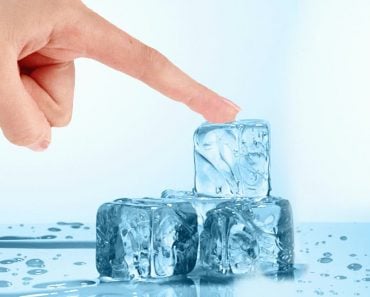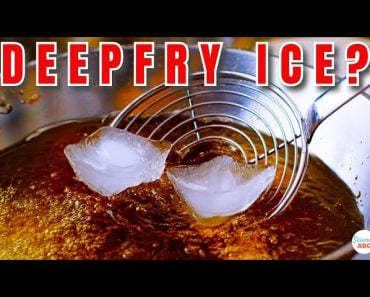Table of Contents (click to expand)
Ice cubes in a tray expand as they freeze from the surface, so the water inside is squeezed out, which is how spikes form on ice cubes.
Do the humble ice cubes in your freezer have aspirations of becoming icicles? Though they won’t reach the roof, they do seem to defy gravity and grow upwards. These tiny spikes atop ice cubes represent a beautiful story of growth from liquid water into spiky crowns. Let’s take a deep dive into the life of an ice cube spike.
At the heart of this story is water’s unique ability to expand when it freezes, unlike other liquids, which contract when they freeze.
Recommended Video for you:
What’s Pushing The Water?
Ice cube spikes, like the cube itself, begin their journey as water that gets put into the freezer tray. The environment here is much colder and the water is already in the form of cubes, as shaped by the tray. The cubes don’t freeze uniformly, as the layers of water on the boundaries are colder than the water inside.

Think about standing in a big group of people on a chilly winter day. The people who form the outer layer of the group feel much colder than those in the middle. When the same thing happens to a layer of water, it starts freezing from the outside. Unlike other liquids, water expands when it is cooled. This happens because the water molecules need to move apart from each other to arrange themselves in a hexagonal pattern when they freeze.
As the outer layers or the layers in contact with the tray or air freeze and take up increasingly more volume, the water in the middle gets squeezed. As more of this water freezes, the squeezing gets stronger and the increase in pressure will push the liquid outwards to release the pressure.
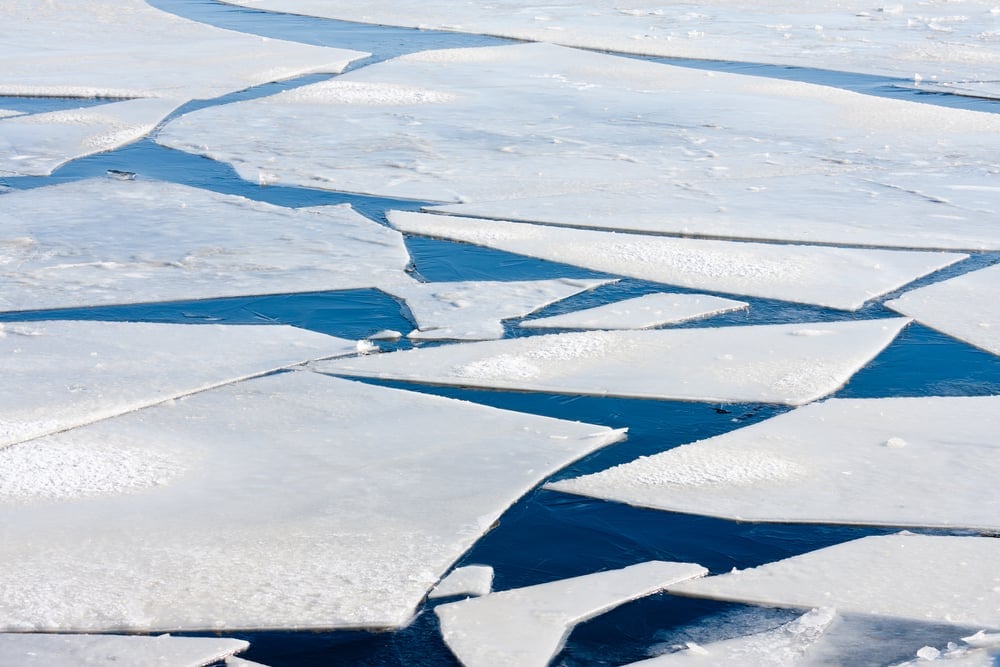
Where Does The Water Go?
Of course, this is not possible through the sides, where the tray supports the outer layers of ice, so the only practical way out for the water is through a weak point at the top. If there is a small weak point on the top, water spurts out, but only a tiny bit. Remember, we’re only talking about a small opening on the top of an ice cube.
Having come out of the cube and into contact with very cold air, the outer layer quickly freezes, leaving the inner part liquid. At this point, the ice spike is more like a tube or straw with a hollow inner part and a solid outer part. As the process of freezing makes its way further inside the cube, water keeps getting squeezed and forced to find a possible escape route.

This escape comes in the form of the weak point that has already been created, and the new water pushes up through the tube. The process continues until the tip is tapered off due to freezing, or once it has relieved all the pressure due to expansion.
How To Create Spikes On Your Ice
Set The Correct Temperature
Since we want the outer parts to solidify as soon as possible and the inner part to solidify later, keeping a fan inside the freezing environment promotes spike growth. Another thing to consider is that, if the freezer is too cold, the ice cube may solidify too fast for all the above steps to occur, meaning that an ice spike will not form.
On the other hand, if the temperature is not cold enough, the outer part will simply not solidify fast enough to create a spike. Studies have shown that -7 degree centigrade is the optimal temperature if you want to grow ice spikes.
Leave It Alone
Interestingly, the opening from where a spike grows is usually triangular in shape, as the crystalline planes of ice sheets that form in water meet each other at 60 degrees. When three sheets meet each other at 60 degrees, they leave a triangular empty area. If the ice cube is disturbed while it’s forming, these sheets might get mixed up and the spikes may never be formed. To get spikes, it’s best to leave the freezer alone after you put in the water to freeze.

Use A Plastic Tray
Finally, the material of the tray in which the ice cubes are formed is important. If the tray is made of a good thermal conductor, like metal, the sides and surface will freeze at almost the same time. This happens because the metal conducts any heat from the surface to the portion below and brings them both to the same temperature. While a plastic tray will promote ice spike growth by letting some parts be much colder than others, a metal tray will not help spike formation because it brings all parts of the ice cube to the same temperature.
If you want to grow your own ice cube spikes, make sure to leave the water-filled tray alone at about -7 degrees Centigrade in a freezer on a plastic tray. Remember that other environmental factors like pressure also matter to a certain extent. One final thing to note if you want to grow your own spikes is that even small amounts of salt in water inhibits growth, so it’s best to use distilled water.
Basically, ice cube spikes are a means for freezing water to vent pressure from inside the developing ice cube. Try it for yourself on a lazy Sunday and behold your own ice spike formation!


